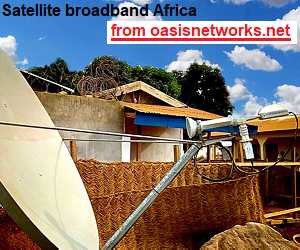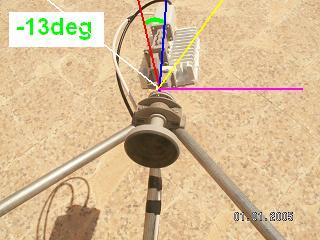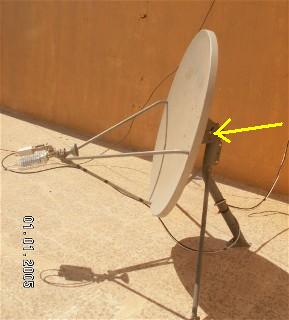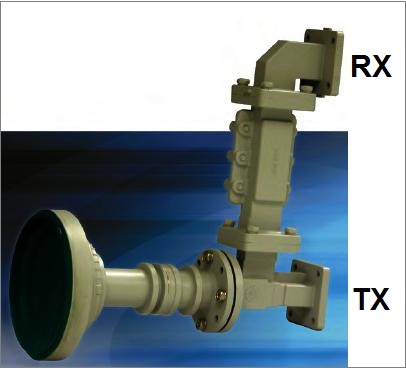| Home Login Register |
| Satellite Internet forum › Dish pointing and alignment › How to direct and align dish in Saudi Arabia ? |
|
Pages: 1
|
How to direct and align dish in Saudi Arabia ?(Read 18789 times) |
|
Ex Member
Ex Member
|
Oct 13th, 2006 at 1:19pm
|
| Back to top |
« Last Edit: Oct 18th, 2006 at 8:56am by Admin1 »
IP Logged
|
|
USN - Retired
YaBB Moderator
★★★★★ Offline Posts: 837 Kentucky (USA) |
Reply #1 - Oct 13th, 2006 at 1:35pm
|
| Back to top |
« Last Edit: Oct 18th, 2006 at 8:58am by Admin1 »
USN (Ret)
IP Logged
|
|
Ex Member
Ex Member
|
Reply #2 - Oct 14th, 2006 at 12:03pm
|
| Back to top |
« Last Edit: Oct 18th, 2006 at 8:59am by Admin1 »
IP Logged
|
|
Eric Johnston
Senior Member
★★★ Offline Posts: 2109 |
Reply #3 - Oct 14th, 2006 at 1:31pm
|
| Back to top |
IP Logged
|
|
Ex Member
Ex Member
|
Reply #4 - Oct 17th, 2006 at 1:53pm
|
| Back to top |
IP Logged
|
|
Admin1
YaBB Admin
★★★★★ Offline Posts: 1203 |
Reply #5 - Oct 17th, 2006 at 9:00pm
|
| Back to top |
« Last Edit: Oct 18th, 2006 at 8:55am by Admin1 »
IP Logged
|
|
Ex Member
Ex Member
|
Reply #6 - Oct 18th, 2006 at 12:36pm
|
| Back to top |
IP Logged
|
|
Ex Member
Ex Member
|
Reply #7 - Oct 22nd, 2006 at 1:31pm
|
| Back to top |
IP Logged
|
|
Eric Johnston
Senior Member
★★★ Offline Posts: 2109 |
Reply #8 - Oct 22nd, 2006 at 7:42pm
|
| Back to top |
IP Logged
|
|
Ex Member
Ex Member
|
Reply #9 - Oct 26th, 2006 at 8:59pm
|
| Back to top |
IP Logged
|
|
USN - Retired
YaBB Moderator
★★★★★ Offline Posts: 837 Kentucky (USA) |
Reply #10 - Oct 26th, 2006 at 11:23pm
|
| Back to top |
USN (Ret)
IP Logged
|
|
Ex Member
Ex Member
|
Reply #11 - Oct 27th, 2006 at 4:40am
|
| Back to top |
IP Logged
|
|
USN - Retired
YaBB Moderator
★★★★★ Offline Posts: 837 Kentucky (USA) |
Reply #12 - Oct 27th, 2006 at 5:15am
|
| Back to top |
USN (Ret)
IP Logged
|
|
Eric Johnston
Senior Member
★★★ Offline Posts: 2109 |
Reply #13 - Oct 27th, 2006 at 9:42am
|
| Back to top |
« Last Edit: Oct 27th, 2006 at 4:27pm by Eric Johnston »
IP Logged
|
|
Ex Member
Ex Member
|
Reply #14 - Oct 28th, 2006 at 12:35pm
|
| Back to top |
IP Logged
|
|
Ex Member
Ex Member
|
Reply #15 - Nov 25th, 2006 at 4:22pm
|
| Back to top |
IP Logged
|
|
Ex Member
Ex Member
|
Reply #16 - Dec 9th, 2006 at 8:08am
|
| Back to top |
IP Logged
|
|
Pages: 1
|
Email me: eric@satsig.net
Powered by YaBB 2.5.2!
YaBB Forum Software © 2000-. All Rights Reserved.
Disclaimer, Terms of Use and Privacy Forum User Agreement Forum rules Cookie policy.














